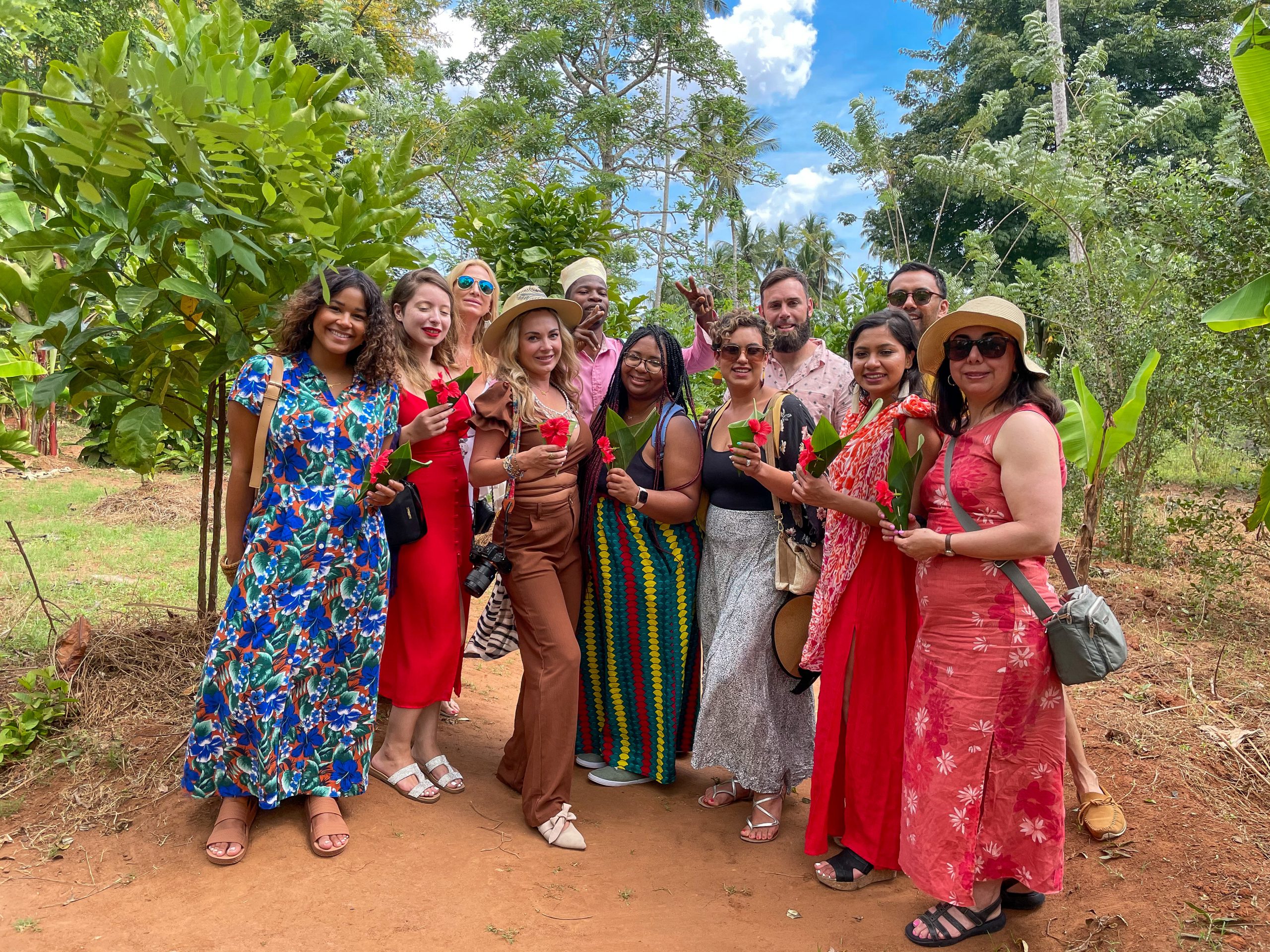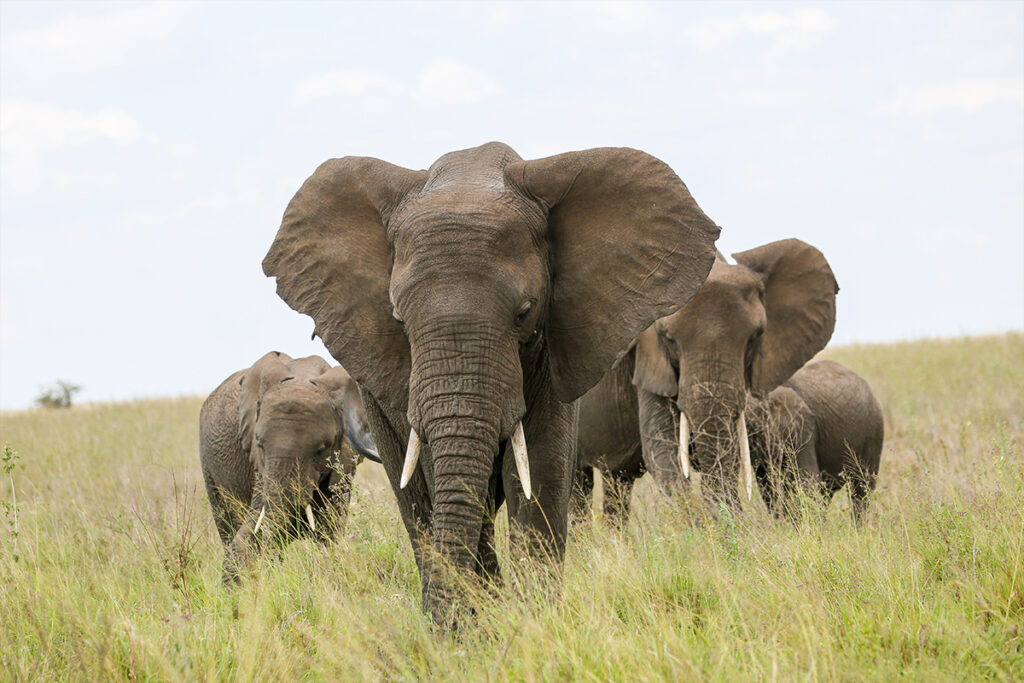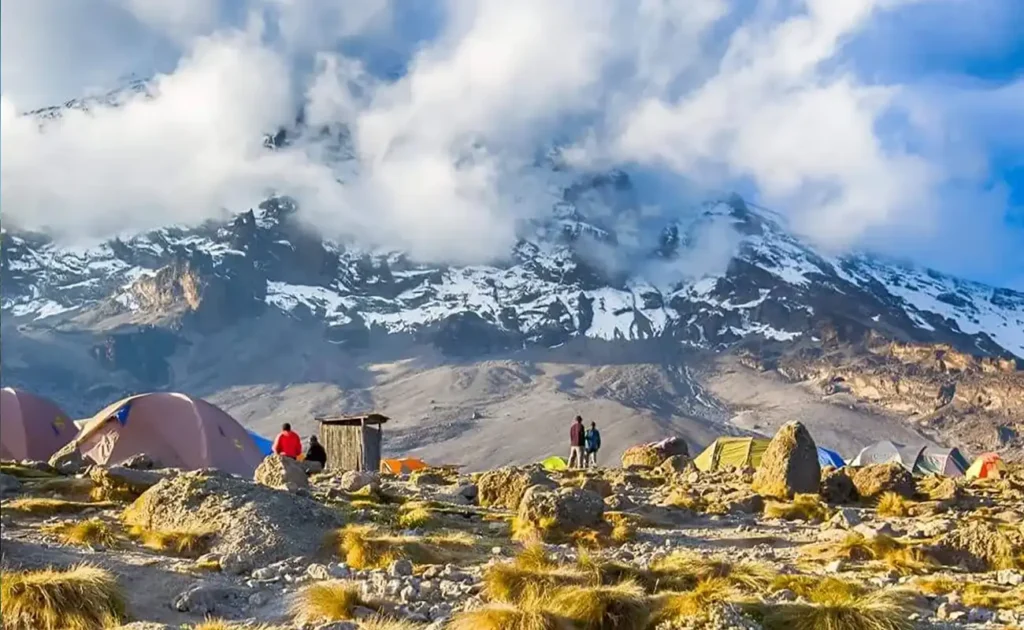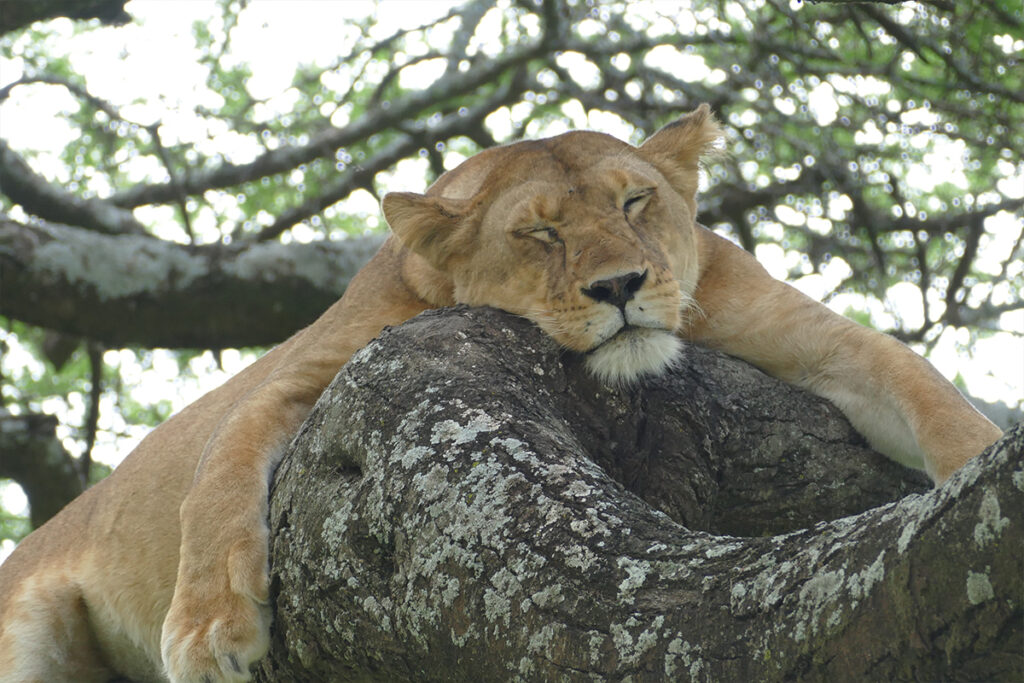In the vibrant tapestry of Zanzibar, traditional clothing is more than mere fabric; it’s a colorful narrative woven through generations. Intricately designed with bold hues and striking patterns, the attire reflects the island’s rich confluence of African, Arab, and Indian cultures. Wander the streets, and you’ll see how these garments tell stories of heritage and identity with each unique thread and stitch.
Among the most notable traditional garments is the Kanga, a bright rectangular cotton piece that embodies Swahili culture, often inscribed with proverbs or messages. Historically, these have been used not only as attire but also as a medium of communication, preserving cultural wisdom. Statistics reveal that over 70% of Zanzibari women own at least five Kangas, highlighting their prevalence and importance in daily life and special occasions.

Local Clothing in Zanzibar: A Guide to Traditional Fashion
Zanzibar, an island known for its stunning beaches, is equally famous for its vibrant clothing styles. Traditional fashion here is a mix of various cultures, including African, Arab, and Indian influences. This unique blend reflects the region’s rich history and diverse population. People in Zanzibar wear colorful garments like the Kanga, a rectangular piece of cloth often printed with colors and messages. The Kanga is more than just clothing—it’s also used for communication and storytelling.
The Kitenge is another popular clothing item in Zanzibar. It’s a wax-printed cloth, usually vibrant in color, and often used for making dresses and skirts. Unlike the Kanga, the Kitenge usually doesn’t have printed messages. However, its bright designs still make it eye-catching and unique. Many locals wear Kitenge pieces during special events and celebrations, showcasing their pride in their culture.
There are also traditional dresses for men known as the Kanzu. This long white tunic is usually worn during special occasions. It has become a symbol of elegance and tradition among Zanzibari men. You’ll often see groups of men wearing Kanzu during weddings or religious gatherings. This attire reflects respect and unity within the community.
Zanzibar’s traditional clothing isn’t just for the locals; it fascinates tourists as well. Many visitors buy these colorful garments as souvenirs. Popular spots like busy markets offer a wide range of traditional clothing items. This shopping experience helps tourists connect with Zanzibar’s culture. It allows them to take a piece of this vibrant island back home.
Exotic Charm: The Zanzibar Set! 😍🌴✨
Exploring the Rich Tapestry of Zanzibar’s Traditional Clothing
The clothing of Zanzibar provides a vibrant look into the cultural mosaic of the island. Clothing like the Kanga, the Kitenge, and the Kanzu each tell different parts of Zanzibar’s history. The Kanga, with its colorful patterns and meaningful messages, often serves as a way for local women to express themselves. According to this post, the Kanga is used for both everyday wear and communication. This blend of utility and tradition makes it a standout garment in Zanzibari fashion.
Zanzibar’s traditional clothing is not just limited to day-to-day wear. Special events see the most elaborate and vibrant designs. Weddings, religious ceremonies, and cultural festivals showcase the island’s rich dress culture. Men don their best Kanzu, while women wear intricately designed Kitenge or Kanga outfits. These occasions highlight the importance of traditional attire in celebrating and preserving cultural heritage.
The materials used in these garments are often locally sourced, adding to their authenticity. Cotton is a common fabric, known for its comfort in the hot, humid climate of Zanzibar. The process of fabric production involves detailed craftsmanship. Artisans skillfully dye, weave, and print patterns on the cloth. This dedication to quality ensures that each piece of clothing is unique.
Traditional Zanzibari clothing also influences modern fashion trends. Designers integrate traditional elements into contemporary styles, creating fusion garments that appeal to both locals and tourists. This fusion offers a fresh and dynamic perspective on Zanzibari fashion. By blending the old with the new, Zanzibar continues to honor its rich cultural history while embracing modern influences.
The Cultural Influence on Zanzibar’s Clothing
Zanzibar’s clothing is a colorful blend of various cultural influences. The island’s location made it a crossroads for African, Arab, and Indian traders. Each of these cultures left an imprint on the local fashion. This blend is evident in garments like the Kanga and the Kitenge, which feature vibrant colors and intricate designs. These pieces reflect the diverse heritage of the island.
Arab influence is visible in the elegant Kanzu worn by men. This long, white tunic is often seen at special events and religious gatherings. The simplicity and elegance of the Kanzu highlight the cultural interconnectedness of Zanzibar and the Arab world. It’s a garment that has been worn for centuries. Its continued popularity shows the deep-rooted traditions that persist in Zanzibari clothing.
Indian textiles and patterns also play a role in Zanzibar’s fashion scene. Brightly colored fabrics and detailed embroidery are signature elements. Traditional Indian garments such as the sari have influenced local designs. Many women in Zanzibar opt for clothes that fuse Indian and African styles. This hybrid fashion highlights the ongoing cultural exchange between the two regions.
Tourists visiting Zanzibar are often drawn to this unique blend of cultures. Local markets offer a variety of traditional garments. Many visitors purchase these items as souvenirs. This helps keep the traditional clothing industry alive. It also allows a wider audience to appreciate Zanzibari fashion.
Popular Local Clothing Items in Zanzibar
The Kanga is one of the iconic clothing items in Zanzibar. It’s a brightly colored cloth with a unique design and often contains Swahili sayings. Women use it in different ways, such as dresses, head wraps, or even baby slings. The Kanga is favored for its versatility and cultural significance. Its catchy expressions often convey messages of hope and wisdom.
The Kitenge is another favorite in Zanzibari fashion. This wax-printed fabric showcases bold, colorful patterns. Unlike the Kanga, the Kitenge doesn’t have printed messages but makes up for it with its intricate designs. It’s commonly worn as dresses or skirts, especially at festive occasions. Many people appreciate the Kitenge for its aesthetic appeal and comfort.
The Kanzu remains the traditional attire for men in Zanzibar. It’s a long, flowing white tunic usually worn during special events or religious ceremonies. The Kanzu represents elegance and simplicity, reflecting the island’s Arab influence. Traditionally, it’s paired with a cap known as a “kofia,” completing the formal look. This outfit is popular for its timelessness and cultural relevance.
Men and women alike enjoy wearing the Masai shuka, a traditional wrap of the Maasai people. The shuka is a checked plaid cloth, usually red, that provides warmth and protection. Locals and tourists both find the shuka easy to wear and stylish. It’s a perfect apparel choice for casual and outdoor activities. This item highlights the shared traditions between different East African cultures.
Lastly, the Dira is a loose-fitting dress that is popular among Zanzibari women. Made from lightweight fabric, it’s perfect for the island’s warm climate. The Dira features beautiful embroidery, enhancing its beauty. Women often choose to wear the Dira during family gatherings or festive celebrations. It’s a clothing item that combines comfort with tradition.
The Role of Traditional Garments in Special Occasions
Traditional Zanzibari garments play a significant role during special occasions. At weddings, vibrant and intricately designed Kangas and Kitenges are a common sight. These garments add to the celebratory atmosphere, showcasing the rich cultural heritage of the island. Brides often wear multiple layers of Kanga, each with unique messages and patterns. This practice symbolizes the depth and beauty of the marital union.
Religious events also see a strong presence of traditional clothing. During Eid celebrations, men dress in elegant Kanzu and women in beautiful Diras. These garments help create a sense of community and shared identity. Wearing traditional attire during such events reinforces cultural values and provides a link to ancestral customs. It’s a way to honor the past while celebrating the present.
Cultural festivals are another occasion where traditional clothing stands out. Festivals like the Mwaka Kogwa involve elaborate traditional attire, reflecting the history and traditions of Zanzibar. Participants dress in bright colors and intricate designs, adding to the vibrancy of the event. The use of traditional garments during these festivals helps preserve cultural heritage. It also educates the younger generation about their roots.
Traditional clothing is also prevalent in formal gatherings and national events. The significance of attire in these settings goes beyond mere fashion. It represents respect, unity, and a strong sense of identity. Wearing traditional garments fosters a deeper connection among attendees. This practice strengthens community bonds and reinforces the importance of cultural preservation.
Traditional garments are not just for adults; children also wear them during important events. This practice helps instill cultural pride and awareness from a young age. Families often dress their children in miniature versions of adult clothing for special occasions. This tradition ensures that the younger generation remains connected to their heritage. It provides a sense of continuity and respect for cultural norms.
The Modern Take on Zanzibar’s Traditional Fashion
Modern fashion in Zanzibar is an exciting fusion of traditional styles and contemporary trends. Many designers are embracing this blend, creating stunning outfits that capture the essence of both worlds. The Kanga and Kitenge fabrics remain popular but are now seen in modern cuts and styles. These updated versions appeal to younger generations, who appreciate both tradition and modernity. This evolution helps keep traditional clothing relevant in today’s fashion landscape.
One of the trends is incorporating traditional patterns into everyday wear. This includes casual dresses, shirts, and even accessories. By doing so, people can express their cultural heritage while keeping up with current fashion trends. This integration also helps introduce traditional textiles to a broader audience. As a result, more people become aware of Zanzibar’s rich cultural background.
Another modern twist is the use of traditional garments in professional settings. Fabrics like the Kitenge are now being tailored into suits, jackets, and formal wear. This allows professionals to maintain their cultural identity even in the workplace. The combination of traditional and professional attire offers a unique, appealing look. It bridges the gap between heritage and professionalism, making traditional clothing suitable for various occasions.
Accessories have also seen a modern redesign, with traditional materials being used in innovative ways. Jewelry, bags, and shoes made from Kangas and Kitenges are now popular. These items provide a chic and fashionable alternative to mainstream accessories. They allow individuals to showcase their cultural pride in a stylish manner. This trend further demonstrates the versatility and enduring appeal of Zanzibar’s traditional fabrics.
Global fashion shows and local festivals highlight these modern takes on traditional clothing. Designers showcase their latest creations, which often include a mix of traditional and modern elements. These events help promote Zanzibar’s fashion industry and celebrate its rich cultural history. They also inspire new generations of designers to continue evolving this unique fashion blend. Through such platforms, the world gets to see the beauty and diversity of Zanzibari fashion.
Key Takeaways
- Zanzibar’s clothing blends African, Arab, and Indian influences.
- The Kanga is known for its colorful patterns and messages.
- Kitenge fabrics feature bold, intricate designs for dresses and skirts.
- Kanzu tunics are elegant attire for men during special occasions.
- Modern fashion in Zanzibar fuses traditional styles with current trends.




